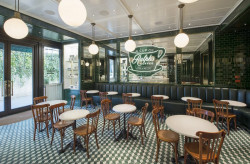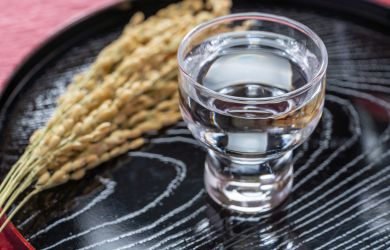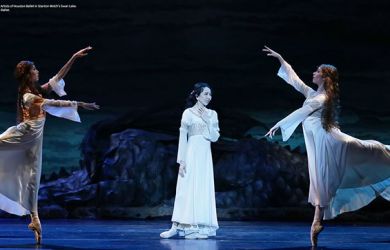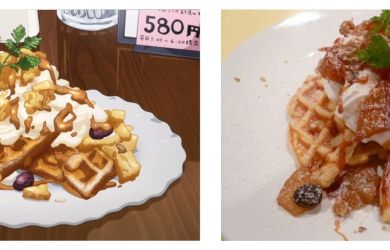
July 14, 2011
Miyazaki on my Mind
On this issue’s Kyushu theme, find out why Miyazaki deserves your respect
By Metropolis
Originally published on metropolis.co.jp on July 2011

“Miyazaki” is not a word that crosses many foreigners’ lips in Japan, unless it’s used in conjunction with “Hayao”—the creator of the beloved Ghibli movies. In fact, the filmmaker’s namesake is a prefecture on the island of Kyushu that is one of the least known, if most famous places in Japan.
Miyazaki is, in essence, the middle child of the Kyushu prefectures. Though not intentionally ignored, it is often forgotten in the midst of its more rambunctious siblings. Neighboring Oita boasts the famous Beppu onsen, while Kumamoto and Kagoshima are both famed for active volcanoes (Aso and Sakurajima respectively) not to mention their illustrious past as epicentre of the Satsuma rebellion.
Outside of Miyazaki and neighboring Kagoshima, I have met only two people who have been to the southern prefecture. One was born and raised there, and the other was there for a total of seven hours to take a medical exam. Not exactly tourists.
Ask most Japanese people about Miyazaki and you will most likely hear a vague, “Oh yeah, I heard it’s nice, but I’ve never been there.”
Those more in-the-know might respond, “Ah, Miyazaki beef is quite famous. And they had that foot-and-mouth issue last year, didn’t they?” Glad you remembered. They slaughtered almost three hundred thousand livestock (including cattle, sheep and swine), with economic repercussions of over ¥70 billion. Earlier this year they also had a bout of bird flu, and were forced to cull over four hundred thousand birds. Keep in mind that Miyazaki is the second largest poultry-raising prefecture in the nation—and its culinary claim to fame is chicken nanban (deep-fried chicken flavoured with sweet vinegar and served with tartar sauce). Double ouch.
Those finely attuned to the Earth’s geological activity will know that Shinmoedake (part of the Kirishima mountain range, and the filming location of that awful movie Dante’s Peak) erupted in late January, this time covering the prefecture’s vegetative agriculture (and more importantly—my car) in ash and rocks.
Poor Miyazaki. Can’t get a break!
Though the Tohoku Earthquake rightly dwarfs these smaller mishaps, it doesn’t hurt to lend a thought to our neighbours in the south now and again. They could use a bit of love as well.
And what’s not to love?
Apart from the aforementioned unfortunate events, Miyazaki is actually a great place to visit. It has palm trees and beautiful (uncrowded!) beaches, good surfing spots, great golf courses and is more convenient to get to than Okinawa.
Gourmet travellers will find plenty to enjoy. Now that rearing is getting back into gear, that famous chicken nanban and slabs of Miyazaki beef abound, plus Ise lobster when it’s back in season. There’s also the soft, cream-filled cheese manju, or, if all else fails, you can get sloshed on some really top-notch shochu.
If you’re more into history and culture, Aoshima island is home to a 9th century Heian shrine—as well as a naked swimming festival in January. Udo Jingu was erected in the 1st century BC and is located in a cave on the coast, with absolutely stunning seaside views. Miyazaki is also the home of Takachiho, where, according to legend, the gods descended to Earth and founded Japan as a nation. Thus, it forms the geographical origin of Shinto and the starting ground of the Japanese imperial line. How can you claim to be a connoisseur of this country when you haven’t visited the founding place of Japan as a culture?
Helping to put together the Kyushu stories in this issue has hit me with a wave of nostalgia for the area—and the amazing people I met there. That, coupled with the prohibitively oppressive heat here in Tokyo, has me yearning to head south for the summer. My recommendation is you book your holiday in southern Kyushu. I’ll go if I can get the time off–what’s your excuse? Now’s your chance to tegetege (“take it easy” in Miyazaki dialect), escape setsuden and impress friends with your extensive knowledge of fundamental (yet oddly obscure) Japanese culture–outside of My Neighbour Totoro.





